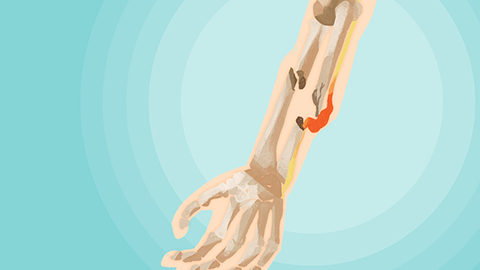Is a sunken fracture site indicative of non-union of the fracture?
Generally speaking, whether a depression at the fracture site indicates non-healing depends on the specific circumstances. If the depression is accompanied by pain and restricted movement, it may suggest that the fracture has not healed. However, if there is only a slight local depression without other discomfort, it is usually a normal part of the healing process. Detailed analysis is as follows:

If the depression at the fracture site is obvious, tender upon palpation, and there is a sensation of abnormal movement when the fractured area is mobilized, this may indicate that the fracture ends have not reached clinical union, suggesting poor healing or delayed union. In such cases, the stability of the fracture ends is insufficient, making them prone to displacement under external forces, thus leading to a depression.
If the fracture has already reached the typical clinical healing time—for example, 3–6 months after a limb fracture—and only a minor local depression remains, with no pain or restricted movement, the depression is likely due to callus remodeling during the healing process or incomplete recovery of local soft tissues, which is considered normal.
In daily care, avoid excessive loading or external impact on the fractured area. Appropriate rehabilitation exercises can be performed to promote local blood circulation and functional recovery. Ensure adequate intake of nutrients such as calcium and vitamin D to support bone healing, and schedule regular follow-up visits to monitor the healing progress.




